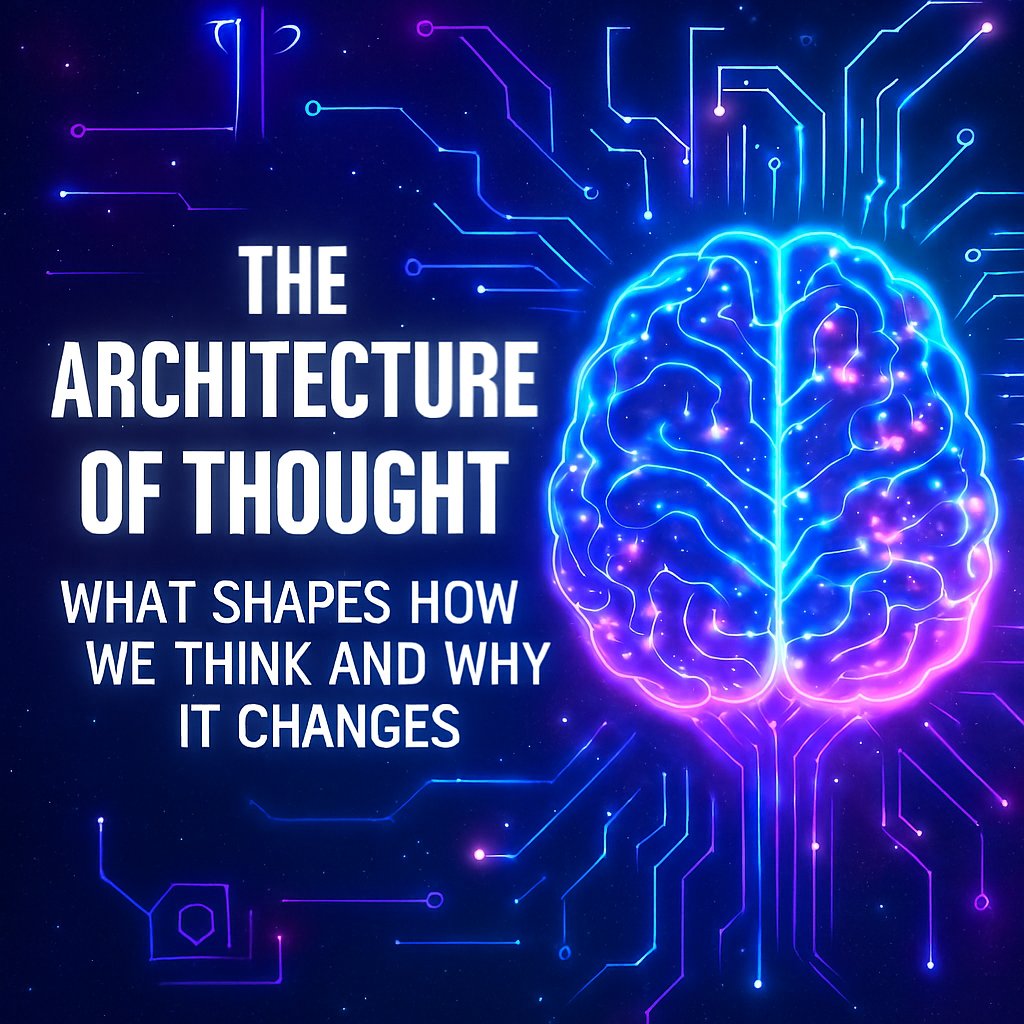
How We Think
What Shapes How We Think and Why It Changes
From Neurons to Narratives – Mapping the Forces That Sculpt Human Cognition Culture
Human thought is not static – it evolves in response to biology – culture – environment – and technology. The way we think today is radically different from how people thought a century ago – shaped by new tools – shifting norms – and expanding knowledge. This blog post explores the multifaceted forces that influence cognition – from neural plasticity to cultural storytelling – and how these forces interact to reshape perception – judgment – and imagination. Drawing from neuroscience – anthropology – psychology – and environmental science – we trace the architecture of thought across time and space.
Neuroplasticity and the Adaptive Brain
The human brain is not hardwired – it is plastic – meaning it can reorganize itself in response to experience. Neuroplasticity allows for the strengthening – weakening – or rerouting of neural pathways based on repeated stimuli. Learning a new skill – recovering from injury – or adapting to trauma all involve neuroplastic changes. Studies show that meditation – music training – and bilingualism can physically alter brain structure.
The hippocampus – responsible for memory – can grow with spatial navigation training. Chronic stress – on the other hand – can shrink regions like the prefrontal cortex. Neuroplasticity peaks in childhood – but continues throughout life. It underpins rehabilitation strategies for stroke – addiction – and PTSD. Cognitive therapy leverages plasticity to reframe harmful thought patterns. Understanding neuroplasticity reveals that thought is not fixed – but sculpted by experience.
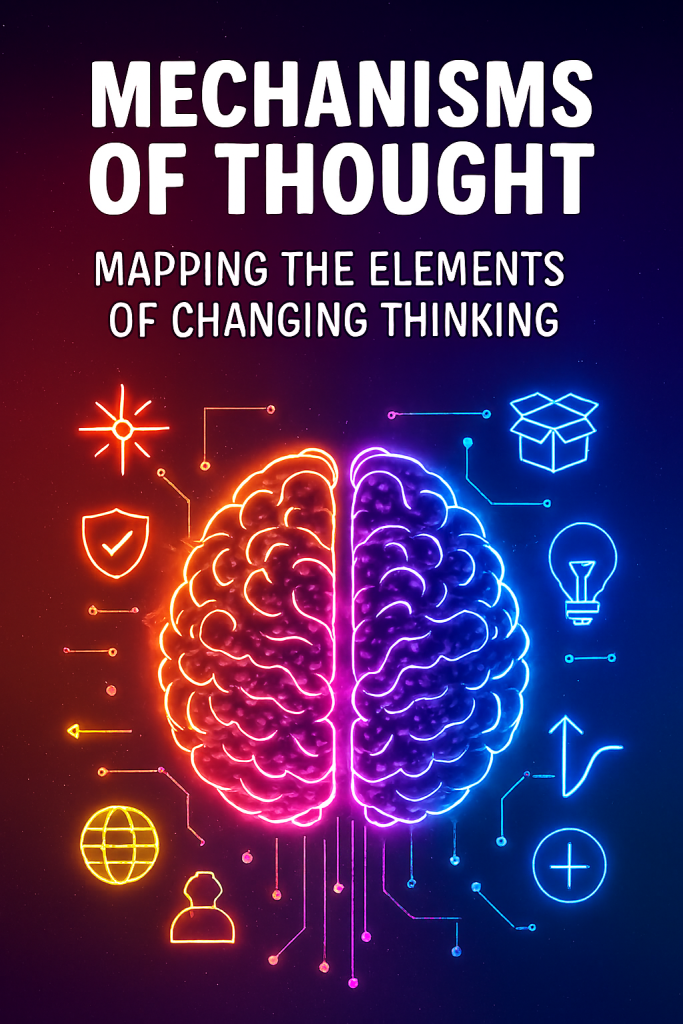
Brain Function
Language as a Cognitive Framework
Language does more than communicate – it shapes how we perceive and categorize the world. Linguistic relativity suggests that speakers of different languages think differently due to grammatical and lexical structures. For example – languages that use absolute directions (north – south) instead of relative ones (left – right) foster stronger spatial orientation. Bilingual individuals often switch cognitive modes depending on the language they’re using. Language influences memory – emotion – and even moral reasoning.
Studies show that people describe events differently depending on verb tense and aspect. Gendered languages can affect perception of objects and roles. Vocabulary richness correlates with cognitive flexibility. Language acquisition in early childhood is linked to long-term executive function. Even internal dialogue – the voice in our head – is shaped by linguistic habits. Language is not just a tool – it’s a scaffold for thought.
Cultural Narratives and Collective Cognition
Culture provides the symbolic scaffolding through which individuals interpret reality. Shared myths – rituals – and stories shape collective memory and moral reasoning. Anthropologists have shown that cultural norms influence attention – emotion – and decision-making. In collectivist societies – thought tends to emphasize relational context and interdependence. In individualist cultures – cognition often centers on autonomy and personal agency. Cultural scripts guide behavior and shape expectations about time – identity – and responsibility. Folktales and origin myths encode values that influence generational thinking. Cultural trauma – such as colonization or displacement – can alter cognitive patterns across communities. Language – gesture – and symbolism vary widely across cultures – affecting how people process information. Thought is not just personal – it is embedded in cultural ecosystems.
Trauma and Cognitive Rewiring
Trauma alters brain chemistry – neural connectivity – and cognitive processing. Chronic exposure to stress can impair memory – attention – and emotional regulation. The amygdala – which processes fear – becomes hyperactive in trauma survivors. The prefrontal cortex – responsible for reasoning – may show reduced activity under prolonged stress. Trauma can fragment narrative memory – making it harder to form coherent stories. Post-traumatic growth is also possible – where individuals develop new strengths and perspectives. Cognitive therapies aim to rewire trauma-affected pathways through repetition and reframing. Somatic practices help reconnect body awareness with cognitive clarity. Trauma-informed education recognizes how adverse experiences shape learning and behavior. Thought is shaped not only by what we learn – but by what we survive.
Technology and Cognitive Extension
Digital tools extend human cognition beyond biological limits. Smartphones – search engines – and cloud storage function as external memory systems. The concept of the “extended mind” suggests that tools become part of our cognitive process. Multitasking with digital devices can fragment attention and reduce deep focus. Algorithms influence what information we see – shaping perception and belief. Virtual reality alters spatial cognition and empathy through immersive simulation. Social media platforms affect emotional regulation and identity construction. Screen time impacts sleep cycles – which in turn affect cognitive performance. Digital literacy is now essential for navigating complex information ecosystems. Technology doesn’t just support thought – it reshapes its architecture.
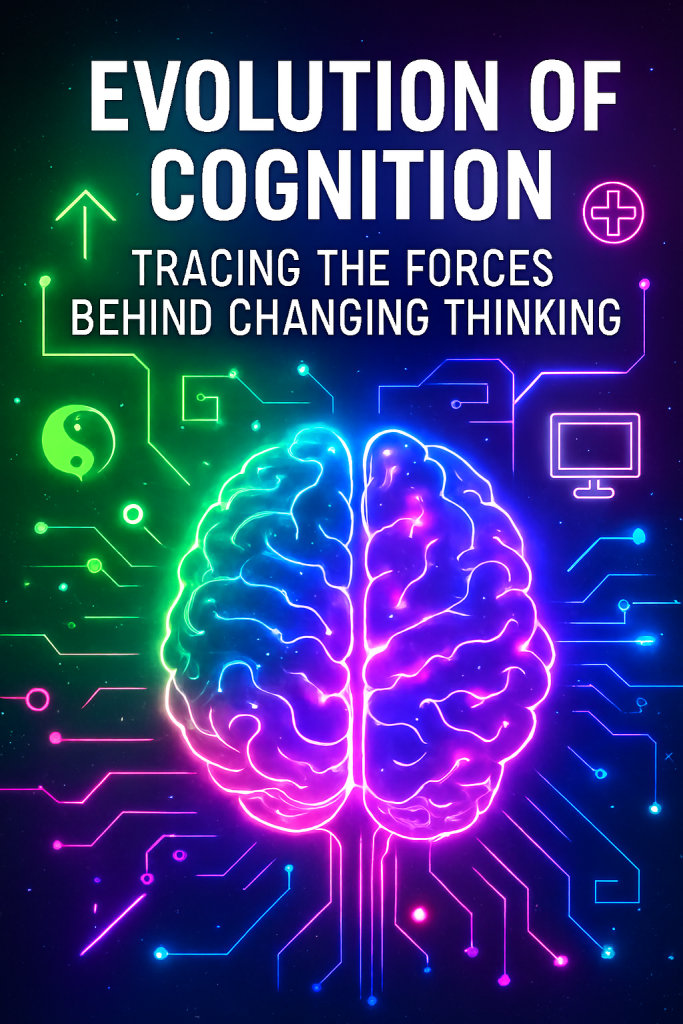
Sleep and Cognitive Restoration
Sleep is essential for memory consolidation – emotional regulation – and neural repair. During deep sleep – the brain clears metabolic waste through the glymphatic system. REM sleep supports creative problem-solving and emotional integration. Sleep deprivation impairs attention – decision-making – and impulse control. Circadian rhythms regulate hormonal cycles that affect cognitive performance. Sleep disorders like insomnia and apnea disrupt neural connectivity. Naps can enhance learning and memory retention in both children and adults. Sleep quality is linked to mental health outcomes and resilience. Blue light exposure before bed suppresses melatonin – delaying sleep onset. Rest is not passive – it is a vital phase of cognitive regeneration.
Nutrition and Brain Function
The brain consumes about 20 percent of the body’s energy – making nutrition critical for cognition. Omega-3 fatty acids support synaptic plasticity and reduce inflammation. Glucose is the brain’s primary fuel – but excess sugar can impair memory and mood. Micronutrients like B vitamins – magnesium – and zinc influence neurotransmitter synthesis. Gut microbiota communicate with the brain via the gut-brain axis – affecting mood and cognition. Diets high in processed foods are linked to cognitive decline and depression. Antioxidants from fruits and vegetables protect neurons from oxidative stress. Hydration affects attention – reaction time – and short-term memory. Intermittent fasting may promote neurogenesis and cognitive clarity. Food is not just fuel – it is a biochemical architect of thought.
Environment and Cognitive Ecology
Natural environments enhance attention – creativity – and emotional regulation. Urban noise and pollution are associated with cognitive fatigue and stress. Green spaces support recovery from mental exhaustion and improve working memory. Exposure to nature reduces cortisol levels and boosts mood. Environmental toxins like lead and mercury impair neural development. Climate change affects mental health through displacement – anxiety – and ecological grief. Built environments influence spatial reasoning and social behavior. Light exposure regulates circadian rhythms and cognitive alertness. Environmental design can foster collaboration – focus – or distraction. Thought is shaped by the spaces we inhabit and the ecosystems we depend on.
Education and Cognitive Scaffolding
Education provides structured frameworks for cognitive development. Early childhood education influences lifelong executive function and emotional intelligence. Inquiry-based learning fosters curiosity – problem-solving – and metacognition. Standardized testing may narrow cognitive focus to memorization and compliance. Multilingual education enhances cognitive flexibility and cultural empathy. Arts education supports divergent thinking and emotional expression. STEM curricula develop logical reasoning and spatial skills. Socioeconomic disparities affect access to enriching educational environments. Teacher expectations can influence student performance through the Pygmalion effect. Learning is not just acquisition – it is the construction of cognitive architecture.
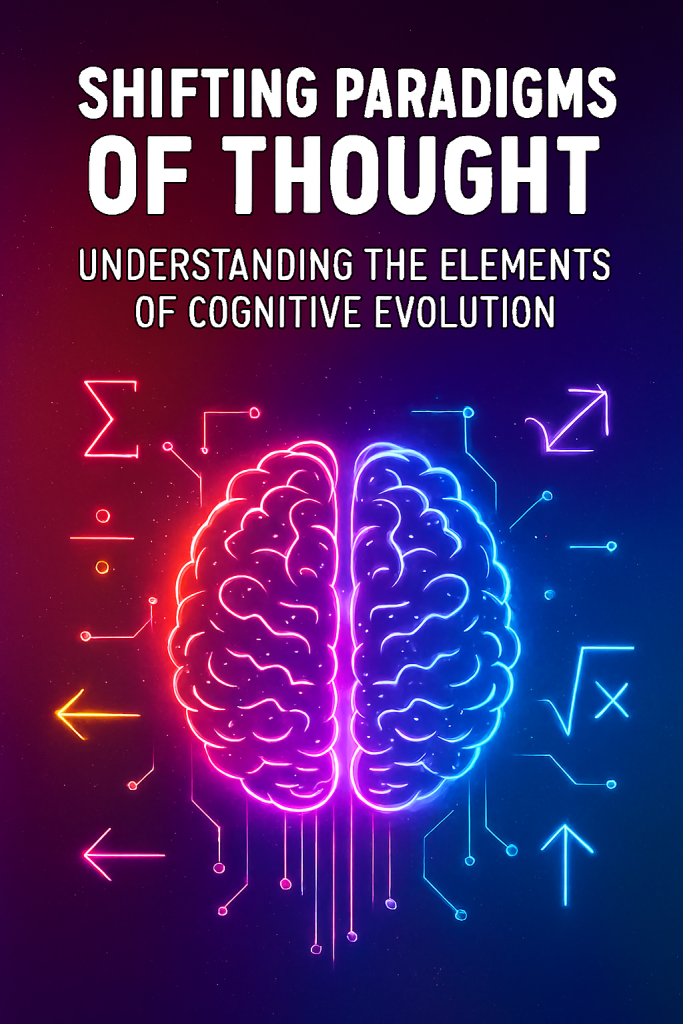
Emotional Architecture of Thought And Why It Chnages
Emotion and Thought Integration
Emotion is not separate from cognition – it is integral to decision-making and memory. The limbic system processes emotional stimuli and interacts with the prefrontal cortex. Emotional salience determines what information is prioritized and remembered. Positive emotions broaden attention and foster creative thinking. Negative emotions can narrow focus and enhance detail-oriented processing. Emotional intelligence involves recognizing – regulating – and using emotions constructively. Mood affects perception – judgment – and interpersonal reasoning. Empathy activates neural circuits involved in perspective-taking and moral reasoning. Emotional suppression can impair cognitive performance and social connection. Thought is not purely rational – it is emotionally textured.
Social Interaction and Cognitive Resonance
Human cognition is inherently social – shaped by interaction and collaboration. Mirror neurons activate when observing others – supporting empathy and learning. Group dynamics influence risk perception – conformity – and moral judgment. Conversation enhances memory consolidation and idea generation. Social isolation is linked to cognitive decline and emotional dysregulation. Peer feedback refines reasoning and expands perspective. Cultural norms guide acceptable thought patterns and conversational boundaries. Social learning theory posits that behavior is shaped by observation and imitation. Trust and rapport facilitate deeper cognitive engagement. Thought is amplified through connection and dialogue.
Memory and Narrative Construction
Memory is reconstructive – not reproductive – meaning it is shaped by interpretation. The hippocampus encodes episodic memory – while the neocortex stores semantic knowledge. Flashbulb memories are vivid but often inaccurate. Memory is influenced by emotion – context – and repetition. Retrieval strengthens memory pathways through reconsolidation. False memories can be implanted through suggestion and imagination. Autobiographical memory supports identity and continuity. Collective memory shapes historical understanding and cultural identity. Memory decay is natural – but can be slowed through rehearsal and association. Thought is built on remembered fragments woven into coherent narratives.
Cognitive Bias and Mental Shortcuts
Biases are systematic deviations from rational judgment. The availability heuristic leads people to overestimate the likelihood of vivid events. Confirmation bias causes individuals to favor information that supports existing beliefs. Anchoring bias affects numerical estimation based on initial exposure. The Dunning-Kruger effect describes overconfidence in low-competence individuals. Cognitive dissonance arises when beliefs conflict with behavior – prompting rationalization. Stereotyping simplifies social cognition but can distort perception. Loss aversion makes people fear losses more than they value gains. Biases are not flaws – they are adaptive shortcuts with trade-offs. Thought is filtered through heuristics that balance speed and accuracy.
Time Perception and Cognitive Tempo
Time is perceived subjectively – influenced by emotion – attention – and context. Boredom slows time perception – while excitement accelerates it. Cultures differ in their orientation toward past – present – and future. Time pressure affects decision-making and cognitive flexibility. Mindfulness practices alter time perception by anchoring attention. Aging changes temporal awareness and memory sequencing. Technology compresses time through instant access and rapid feedback. Jet lag and shift work disrupt circadian rhythms and cognitive clarity. Time scarcity can induce stress and tunnel vision. Thought unfolds within temporal rhythms that shape urgency and reflection.

Imagination and Cognitive Expansion
Imagination activates neural networks involved in memory – emotion – and prediction. The default mode network supports daydreaming and mental simulation. Creative thinking involves divergent and convergent cognitive processes. Visualization enhances learning – performance – and emotional regulation. Fictional narratives expand empathy and moral reasoning. Imagination supports problem-solving by generating alternative scenarios. Children’s imaginative play fosters executive function with brain function and social cognition. Artistic expression externalizes internal thought structures. Imagination is constrained by cultural norms and personal experience. Thought reaches beyond the present through imaginative projection.
Conclusion – Adaptive Brain Function
Human thought is a dynamic system – shaped by biology – culture – emotion – and environment. It evolves through interaction – adaptation – and reflection. Every cognitive shift reflects a deeper negotiation between internal architecture and external stimuli. Understanding what changes how we think reveals the complexity of human experience. From trauma to technology – each force leaves a distinct imprint on our mental landscape.
Thought is not a solitary act – it is a collective – embodied – and ecological phenomenon. Recognizing this complexity allows for more inclusive – adaptive – and ethical approaches to learning – healing – and innovation. The architecture of thought is not fixed – it is a living blueprint. By studying its contours – we gain insight into ourselves and our shared future. Thought is not just what we do – it is who we become.
Join the Discussion
What forces have most shaped your way of thinking? Have you noticed shifts in your cognitive patterns over time? Join us in weaving something meaningful.
CognitiveArchitecture #NeuroplasticityInAction #SymbolicThinking #CulturalCognition #TraumaAndThought #ExtendedMind #EcologicalIntelligence #EmotionalResonance #ImaginativeFrameworks #CollectiveMemory #BiasAndPerception #TemporalAwareness #MulticulturalMind #NarrativeHealing #ThoughtAsEcosystem

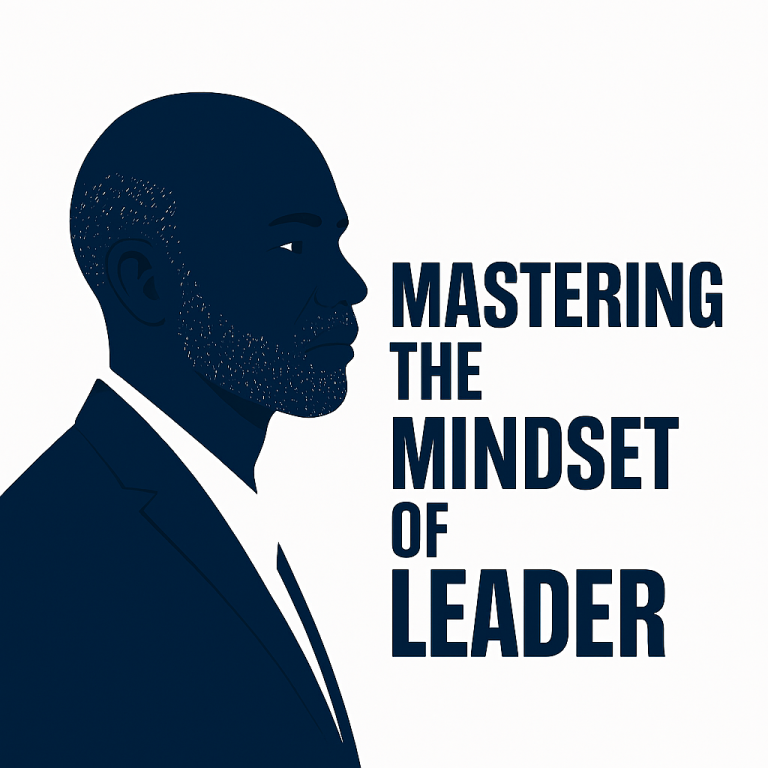

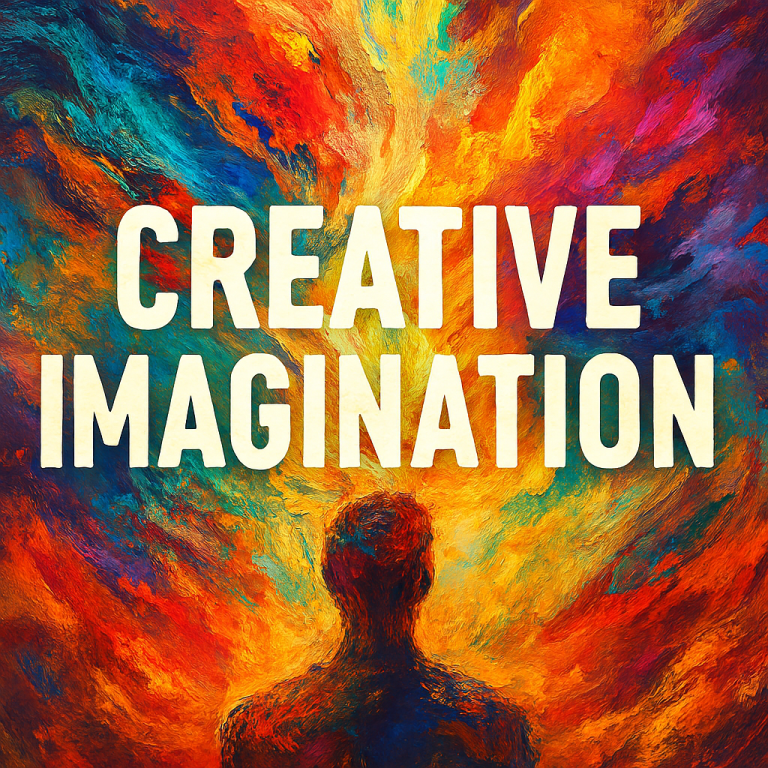
4 thoughts on “How We Think And The Magical Architecture of Thought”